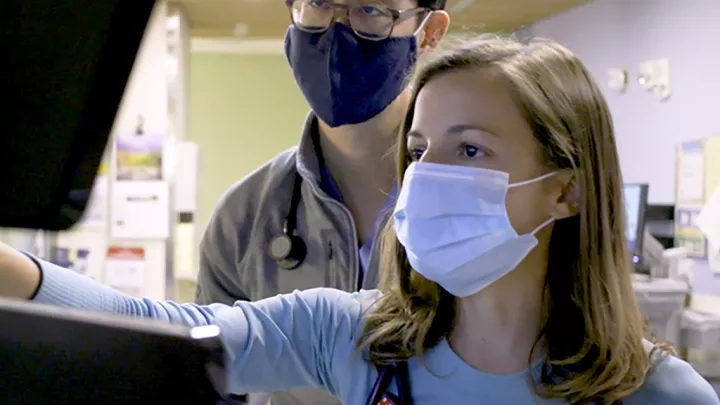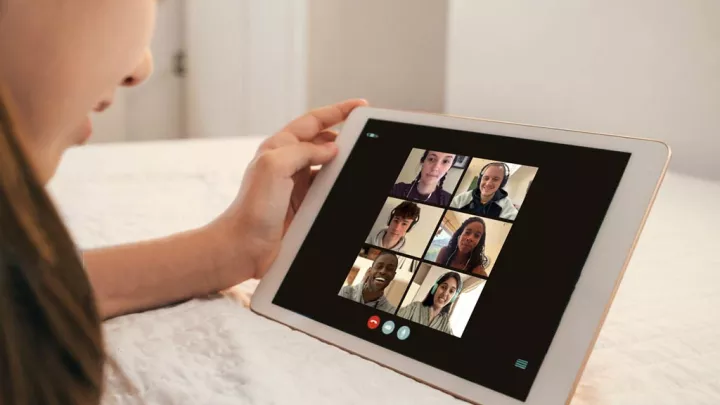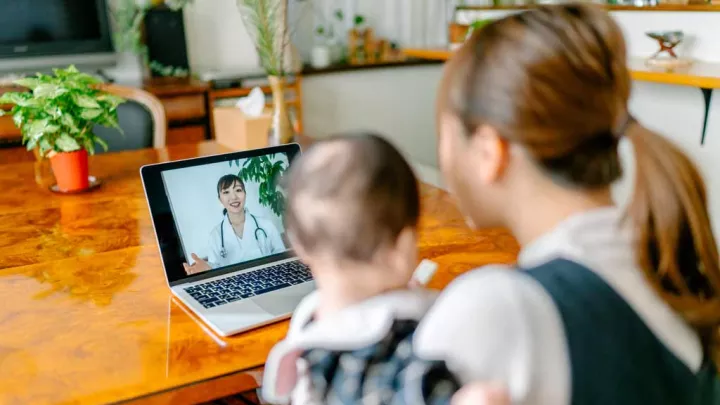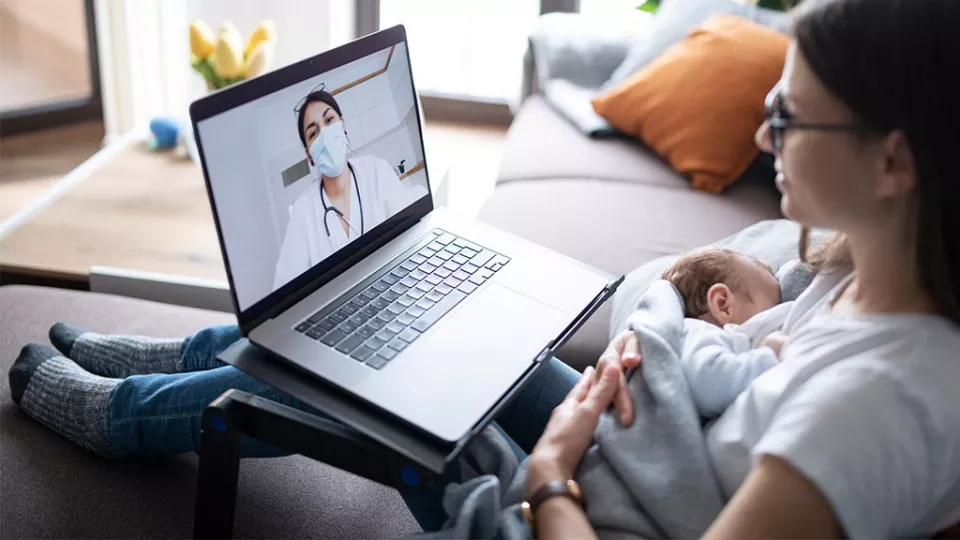
Using Telehealth to Support Children on Home Mechanical Ventilation
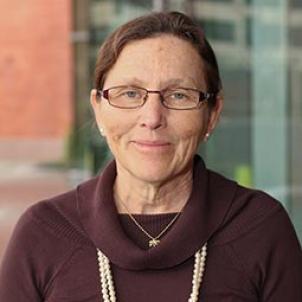
An innovative telehealth program at Children’s Hospital Los Angeles is offering an extra layer of support to a particularly fragile patient population: children on home mechanical ventilation.
Through the program, which began in February 2020, all families have a virtual video visit with their pulmonologist and nurse care manager within 48 hours of their child being newly discharged from the hospital on a ventilator.
“Children on home mechanical ventilation are at high risk for life-threatening complications,” says Sally Ward, MD, Chief of the Division of Pulmonology and Sleep Medicine at Children’s Hospital Los Angeles. “Telehealth is an opportunity to enhance home safety and promptly identify important issues in those significant early moments of discharge to the home environment.”
A window into the home
The hospital’s home mechanical ventilation program is one of the largest of its kind in the world—successfully discharging more than 600 infants, children and adolescents who need part-time or full-time mechanical-assisted ventilation.
Although parents and caregivers undergo rigorous training for four to six weeks before their child leaves the hospital—and have access to a 24/7 doctor on call—the Pulmonology team recognized that telehealth could provide additional support and safety.
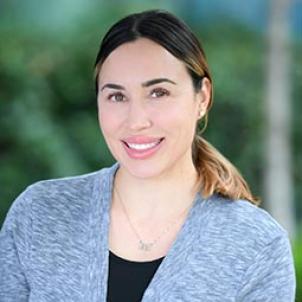
“Parents are very anxious about going home from the hospital with their child on a ventilator,” says Andrea Connelly, PNP, a pediatric pulmonary nurse practitioner who works with inpatients. “When I tell them that they’ll have a telehealth appointment with their doctor within 48 hours, they’re very reassured.”
During the video visit, both the pulmonologist and nurse care manager have the opportunity to talk to the caregivers and assess not only the child’s condition, but also the home environment.
For example, the team has noticed issues like a humidifier placed near the child’s head, or emergency tracheostomy tubes being stored in another room instead of near the bedside.
Pulmonology Nurse Care Manager Sheila Kun, MS, RN, BSN, CPN, FCCP, created an extensive assessment checklist that providers go through during the visit. Questions include:
- How is the child’s breathing? Show me the child’s chest.
- Show me the ventilator settings.
- How was your first day and night?
- If there was a problem, how did you solve it?
- Do you have equipment and supplies for the next 30 days?
- What medications are you giving your child?
- Do you have a 30-day supply of those medications?
“The feedback from both families and providers has been extremely positive,” says Jiffy Ellashek, MSN, RN, CPN, Nurse Care Manager for the home mechanical ventilation program. “These visits allow us to make sure that the child is well situated at home in those critical first few days. The families feel better, and as providers, we feel better, too.”
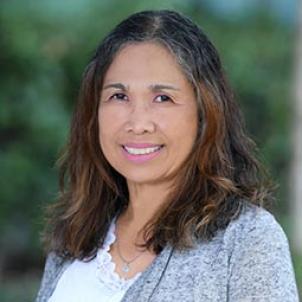
Expanding care
The most common issue uncovered during the visits relates to supplies. In a recent chart review of 10 post-discharge virtual appointments, the team found that half of the families reported issues with receiving proper supplies from vendors.
In addition, two families required ventilator alarm adjustments, two needed more education on feedings or medications, and two required changes in their home setup.
The team is currently collecting additional data to see if the virtual care reduces emergency room visits and hospital readmissions.
The appointments are not limited to immediately after discharge. Families also have the option of choosing telehealth for certain other appointments—assuming the child’s condition is stable.
Virtual care is offered for some patients on noninvasive ventilation, too, and future plans include incorporating telehealth into family education efforts. That can be particularly helpful for families who must travel long distances to Children’s Hospital Los Angeles.
“It’s exciting because we can use this technology in many different ways,” Ellashek says. “It’s another way we can support families and deliver the best and safest care for the child.”
